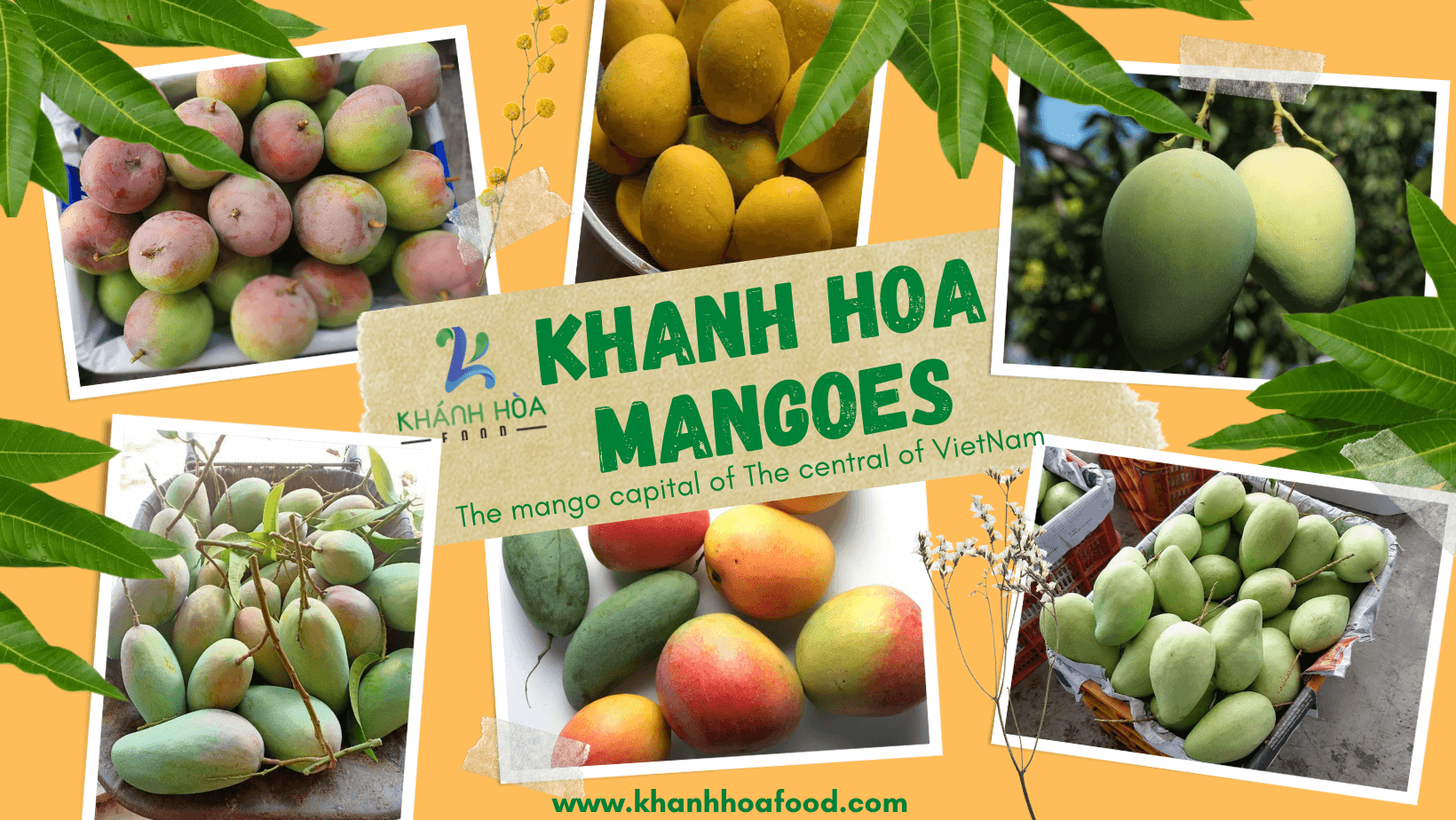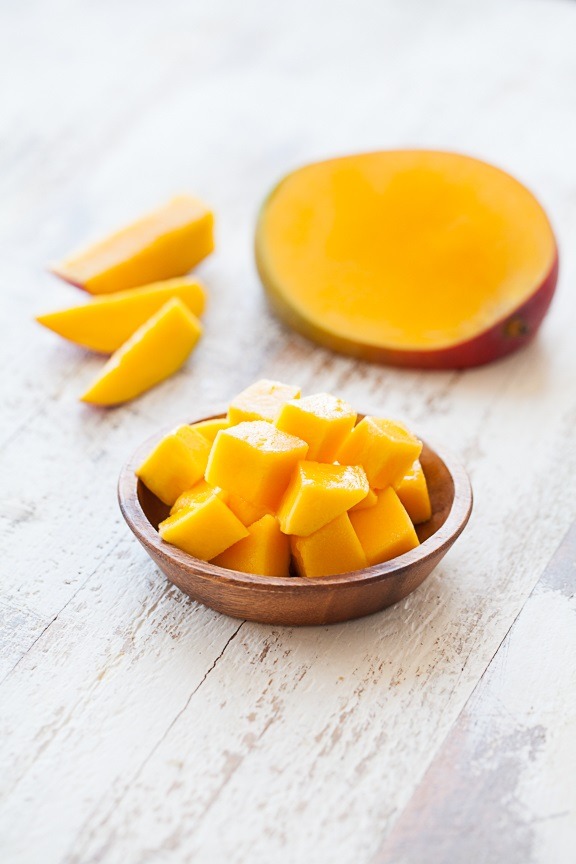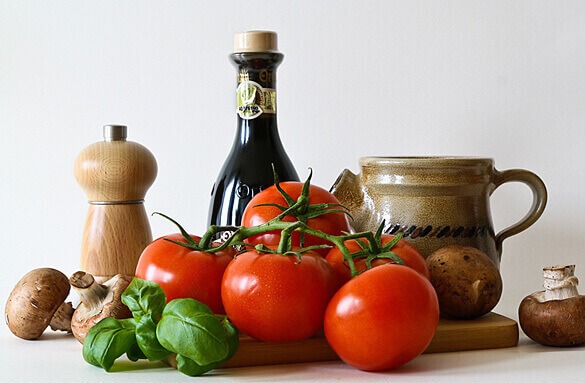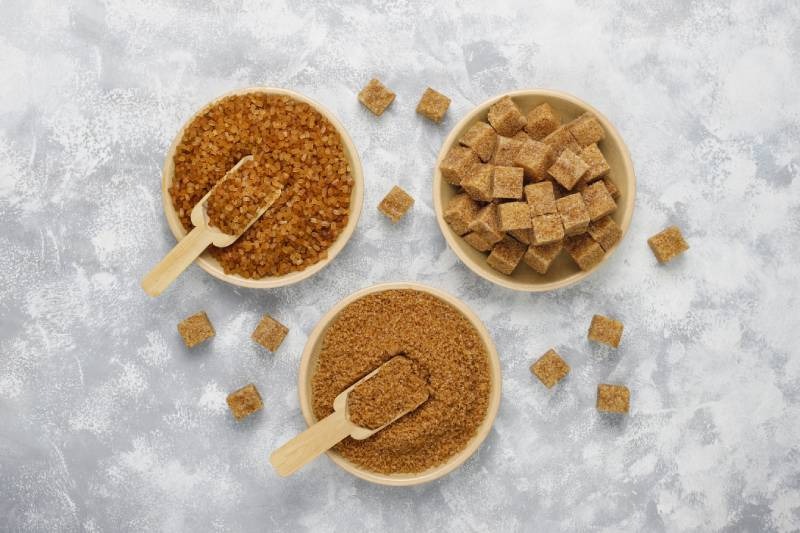HOW TO WASH FRUITS AND VEGETABLES: A COMPLETE GUIDE
HOW TO WASH FRUITS AND VEGETABLES: A COMPLETE GUIDE
Fresh fruits and vegetables are a healthy way to incorporate vitamins, minerals, fiber, and antioxidants into your diet.
Before eating fresh fruits and vegetables, it has long been a recommendation to rinse them well with water to remove any unwanted residues from their surfaces.
However, given the COVID-19 pandemic, many headlines have been circulating that encourage more abrasive ways to wash fresh produce before eating it, making some people wonder whether water is enough.
This article reviews the best practices for washing various fresh fruits and vegetables before eating them, as well as methods that are not recommended.
WHY YOU SHOULD WASH FRESS PRODUCE
Global pandemic or not, properly washing fresh fruits and vegetables is a good habit to practice to minimize the ingestion of potentially harmful residues and germs.
Fresh produce is handled by numerous people before you purchase it from the grocery store or the farmers market. It’s best to assume that not every hand that has touched fresh produce has been clean.
With all of the people constantly bustling through these environments, it’s also safe to assume that much of the fresh produce you purchase has been coughed on, sneezed on, and breathed on as well.
Adequately washing fresh fruits and vegetables before you eat them can significantly reduce residues that may be left on them during their journey to your kitchen.
SUMMARY
Washing fresh fruits and vegetables is a proven way to remove germs and unwanted residues from their surfaces before eating them.
BEST PRODUCE CLEANING METHODS
While rinsing fresh produce with water has long been the traditional method of preparing fruits and veggies before consumption, the current pandemic has many people wondering whether that’s enough to really clean them.
Some people have advocated the use of soap, vinegar, lemon juice, or even commercial cleaners like bleach as an added measure.
However, health and food safety experts, including the Food and Drug Administration (FDA) and Centers for Disease Control (CDC), strongly urge consumers not to take this advice and stick with plain water.
Using such substances may pose further health dangers, and they’re unnecessary to remove the most harmful residues from produce. Ingesting commercial cleaning chemicals like bleach can be lethal and should never be used to clean food.
Furthermore, substances like lemon juice, vinegar, and produce washes have not been shown to be any more effective at cleaning produce than plain water — and may even leave additional deposits on food.
While some research has suggested that using neutral electrolyzed water or a baking soda bath can be even more effective at removing certain substances, the consensus continues to be that cool tap water is sufficient in most cases.
SUMMARY
The best way to wash fresh produce before eating it is with cool water. Using other substances is largely unnecessary. Plus they’re often not as effective as water and gentle friction. Commercial cleaners should never be used on food.
HOW TO WASH FRUITS AND VEGETABLES WITH WATERS
Washing fresh fruits and vegetables in cool water before eating them is a good practice when it comes to health hygiene and food safety.
Note that fresh produce should not be washed until right before you’re ready to eat it. Washing fruits and vegetables before storing them may create an environment in which bacterial growth is more likely.
Before you begin washing fresh produce, wash your hands well with soap and water. Be sure that any utensils, sinks, and surfaces you’re using to prepare your produce are also thoroughly cleaned first.
Begin by cutting away any bruised or visibly rotten areas of fresh produce. If you’re handling a fruit or vegetable that’ll be peeled, such as an orange, wash it before peeling it to prevent any surface bacteria from entering the flesh.
The general methods to wash produce are as follows:
- Firm produce. Fruits with firmer skins like apples, lemons, and pears, as well as root vegetables like potatoes, carrots, and turnips, can benefit from being brushed with a clean, soft bristle to better remove residues from their pores.
- Leafy greens. Spinach, lettuce, Swiss chard, leeks, and cruciferous vegetables like Brussels sprouts and bok choy should have their outermost layer removed, then be submerged in a bowl of cool water, swished, drained, and rinsed with fresh water.
- Delicate produce. Berries, mushrooms, and other types of produce that are more likely to fall apart can be cleaned with a steady stream of water and gentle friction using your fingers to remove grit.
Once you have thoroughly rinsed your produce, dry it using a clean paper or cloth towel. More fragile produce can be laid out on the towel and gently patted or rolled around to dry them without damaging them.
Before consuming your fruits and veggies, follow the simple steps above to minimize the amount of germs and substances that may be on them.
SUMMARY
Most fresh fruits and veggies can gently be scrubbed under cold running water (using a clean soft brush for those with firmer skins) and then dried. It can help to soak, drain, and rinse produce that has more dirt-trapping layers.
THE BOTTOM LINE
Practicing good food hygiene is an important health habit. Washing fresh produce helps minimize surface germs and residues that could make you sick.
Recent fears during the COVID-19 pandemic have caused many people to wonder whether more aggressive washing methods, such as using soap or commercial cleaners on fresh produce, are better.
Health professionals agree that this isn’t recommended or necessary — and could even be dangerous. Most fruits and vegetables can be sufficiently cleaned with cool water and light friction right before eating them.
Produce that has more layers and surface area can be more thoroughly washed by swishing it in a bowl of cool water to remove dirt particles.
Fresh fruits and vegetables offer a number of healthy nutrients and should continue to be eaten, as long as safe cleaning methods are practiced.






